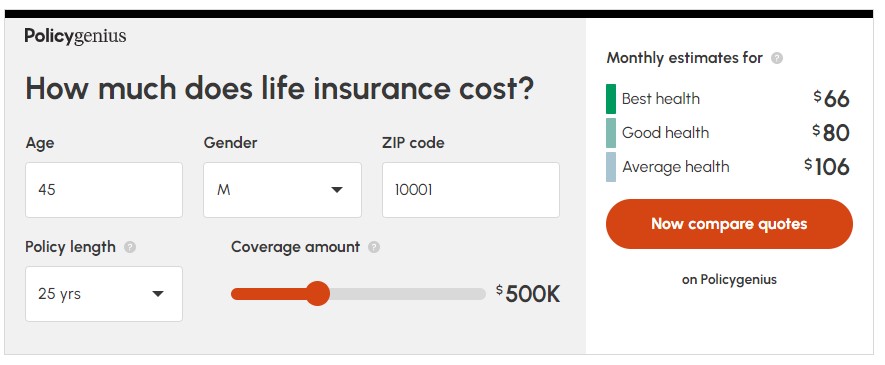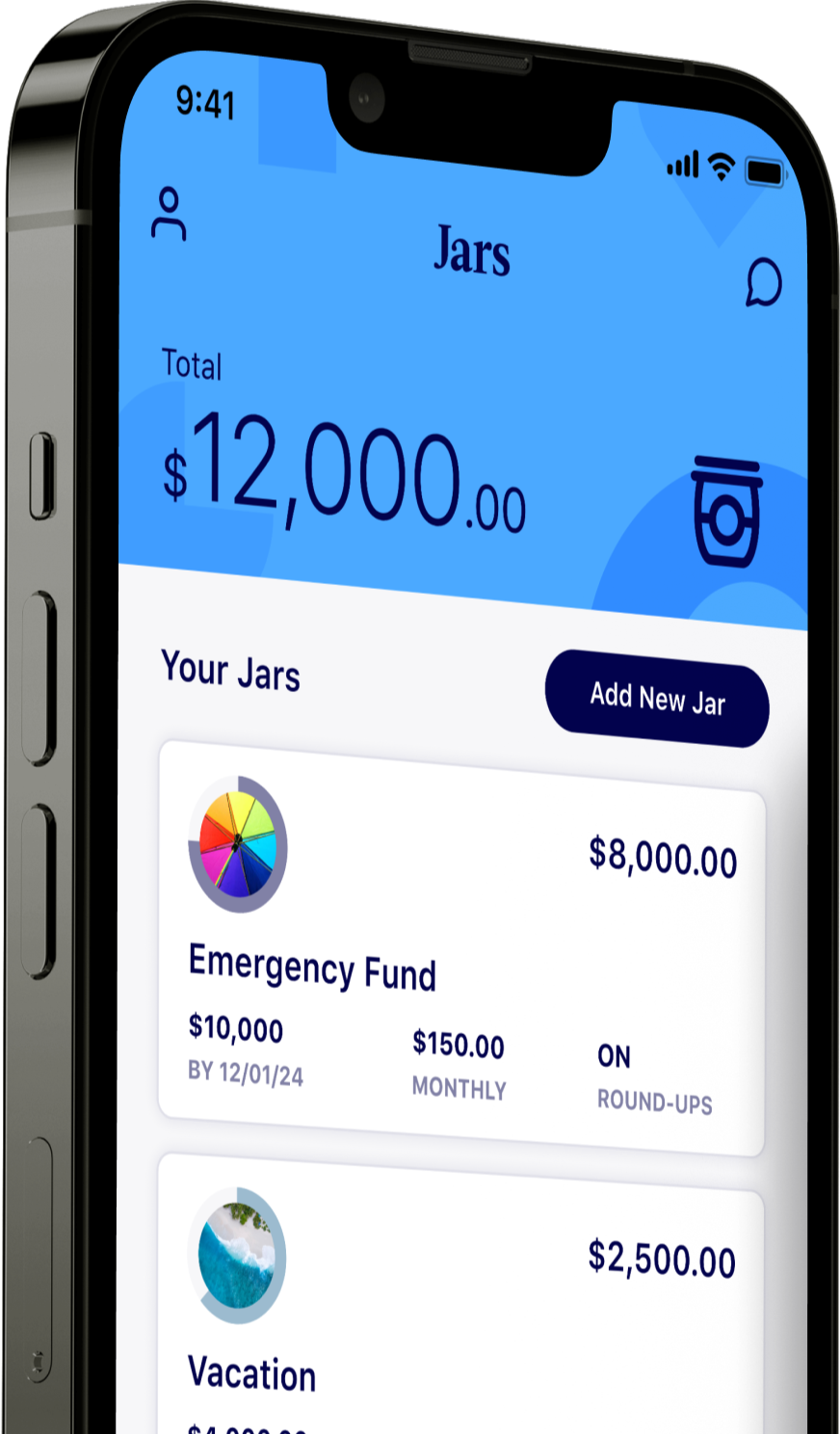If you’re looking for a way to provide financial security for your loved ones, life insurance is a valuable thing to have in your financial safety toolkit. Knowing that your partner, children, or other loved ones will have the money needed to meet their needs if you pass away prematurely brings peace of mind.
According to Forbes, only about half of Americans have life insurance. Many think it is too expensive and out of reach for them, though there are policies with monthly premiums that cost less than a streaming service or quick service restaurant meal (more on that later). Forbes also reports for those who do have life insurance, the top three motivations are:
- paying for burial and other end-of-life expenses (83%)
- supplementing lost income from the death of primary wage earner (68%)
- transferring wealth from one generation to the next (63%)
There are several types of life insurance, each designed for different financial needs and goals. Your age and health can impact the cost of life insurance, so it’s worth making time now to review your options and explore policies to lock in a lower cost. Keep reading as we dive into the different types of life insurance you may want to consider to bolster your financial safety net.
Term Life Insurance
Term life insurance is a straightforward and cost-effective solution if you’re looking to build financial protection for your loved ones. It provides coverage for a specified period, or “term,” which can range from five to 30 years. During this time, if the policyholder passes away, the insurance company pays a death benefit to the beneficiaries the policyholder designated.
You may wonder why someone would get a term life insurance policy for less than their projected life expectancy. Even if your golden years are beyond the policy’s term, the timeframe may match up with your prime earning years or until a key financial milestone, like paying off the family home’s mortgage or a child’s college education.
Term life insurance is known for being an affordable option. The monthly premiums are typically lower than those of permanent life insurance options, because the terms end before the age that people typically pass away, so it’s less costly for the insurer. Term life insurance can cost as little as $12 per month for a female buying a 10-year term with $250,000 in coverage depending on health status and tobacco usage; check out average rates by age, term life, and coverage amounts coverage for specifics.

There are a few options within term life insurance to tailor it to your financial needs:
Fixed term: the cost you’ll pay for the premium and the payout for the beneficiaries remains the same. This is the most common option with nearly all term policies being fixed term.
Decreasing term: once more common in the 1970s and 1980s, with a decreasing term, the cost of the premium and the payout for the beneficiaries decreases over time. This can be a good option for those whose beneficiaries will need less money to support themselves as time goes on, such as after those aforementioned financial milestones or after reaching the age for Social Security benefits.
Annual renewable: another less common policy, this provides life insurance on a yearly basis and must be renewed every year to continue coverage. This can be a good option for someone looking for coverage temporarily (in case of a job loss) or someone older in age. Keep in mind each state has a set maximum age to be eligible for this type of life insurance product.
Many employers offer term life insurance policy as part of the benefits package (known as group term life insurance) or you can buy it directly from an insurance company (known as direct term life insurance). Group term life insurance may have lower premiums than direct term because the employer has negotiated it with the insurance company directly, and you often don’t need to do a medical exam – you’re eligible just for being an employee. For example, for a $500,000 policy, group term life insurance can cost $22.50 a month while direct term life insurance could be over $100 per month for someone in their forties in average health.
However, direct term life insurance isn’t tied to your employment. In the same article we referenced earlier, Forbes reports that about one in three American men and only about one in five American women has life insurance solely through their employer. Having multiple policies, such as a direct one and a group one from your employer, can be a safeguard in case of job loss.
Whole Life Insurance
Whole life insurance is a type of permanent life insurance that provides lifelong coverage, rather than ending at the completion of a term. It includes the typical death benefit, but in addition to term life insurance, it includes a cash value component that grows over time. This cash value grows tax deferred. Policyholders can access some of the cash value through loans or withdrawals, though these may affect the death benefit paid out to the beneficiary.
The premiums are typically stable in cost. However, since there is a guaranteed payout, it’s much more expensive than term life insurance. Whole life insurance might be a better option for someone with disposable income who is already maximizing contributions to other types of investments with tax benefits.

Universal Life Insurance
Universal life insurance is another permanent life insurance option. What makes it different (and to some, better) than whole life insurance is that it offers flexibility in premium payments and death benefits. You can modify them within certain limits, allowing you to tailor the policy to your changing financial circumstances as you age. But with the flexibility in premium payments, it is important to consider that if you don’t pay enough in the early years, the insurance may become unaffordable in the later years.
Similar to whole life insurance, universal life insurance policies have a cash value component which accumulates over time. Plus, universal life policies offer investment options, allowing policyholders to allocate a portion of their premiums to investment accounts, which can potentially increase the cash value over time, depending on how the market performs. If you value the potential for cash value growth or want to use your policy as a financial asset, universal life insurance could be a good fit for you.
With the flexibility of universal life insurance comes complexity, so be sure to review the information carefully, and reach out to an expert if needed to make the right financial moves for your family.
Variable Life Insurance
Another type of permanent life insurance is variable life insurance. With this type of life insurance, the policy’s cash value is invested in an account similar to a mutual fund. Like with any investment, it offers the opportunity for growth, but carries the risk of losing value. Get more details on variable life insurance from the U.S. Securities and Exchange Commission’s website for investor information.
Final Expense Insurance
Final expense insurance, also known as burial or funeral insurance, is a specialized life insurance product designed to cover end-of-life expenses. These may include funeral and burial costs, medical bills, outstanding debts, and other financial obligations left behind by the deceased.
Final expense insurance typically offers a smaller death benefit (ranging from $5,000 to $35,000 or so) compared to traditional life insurance policies, making it more affordable and accessible. Some insurance providers do not require a medical exam to get a final expense insurance policy.
It provides a valuable safety net for individuals who want to ensure that their loved ones are not burdened with these expenses after their passing. This insurance option offers peace of mind and financial security during a difficult time.
Conclusion
Whether you go with the simpler option of term life insurance or a more involved policy with different advantages, signing up for some kind of life insurance is well worth it for peace of mind alone! Getting coverage or expanding your coverage can be quick and easy. Explore what your employer offers and get quotes from different insurance agents to see what’s available. Then sit back, relax, and know you’ve tackled another meaningful financial task!
Keep reading on the Milli blog:
Health Insurance and Beyond: Policies for Financial Security
Financial Planning for Your Children and Family’s Future
Building an Emergency Fund Beyond 6 Months



